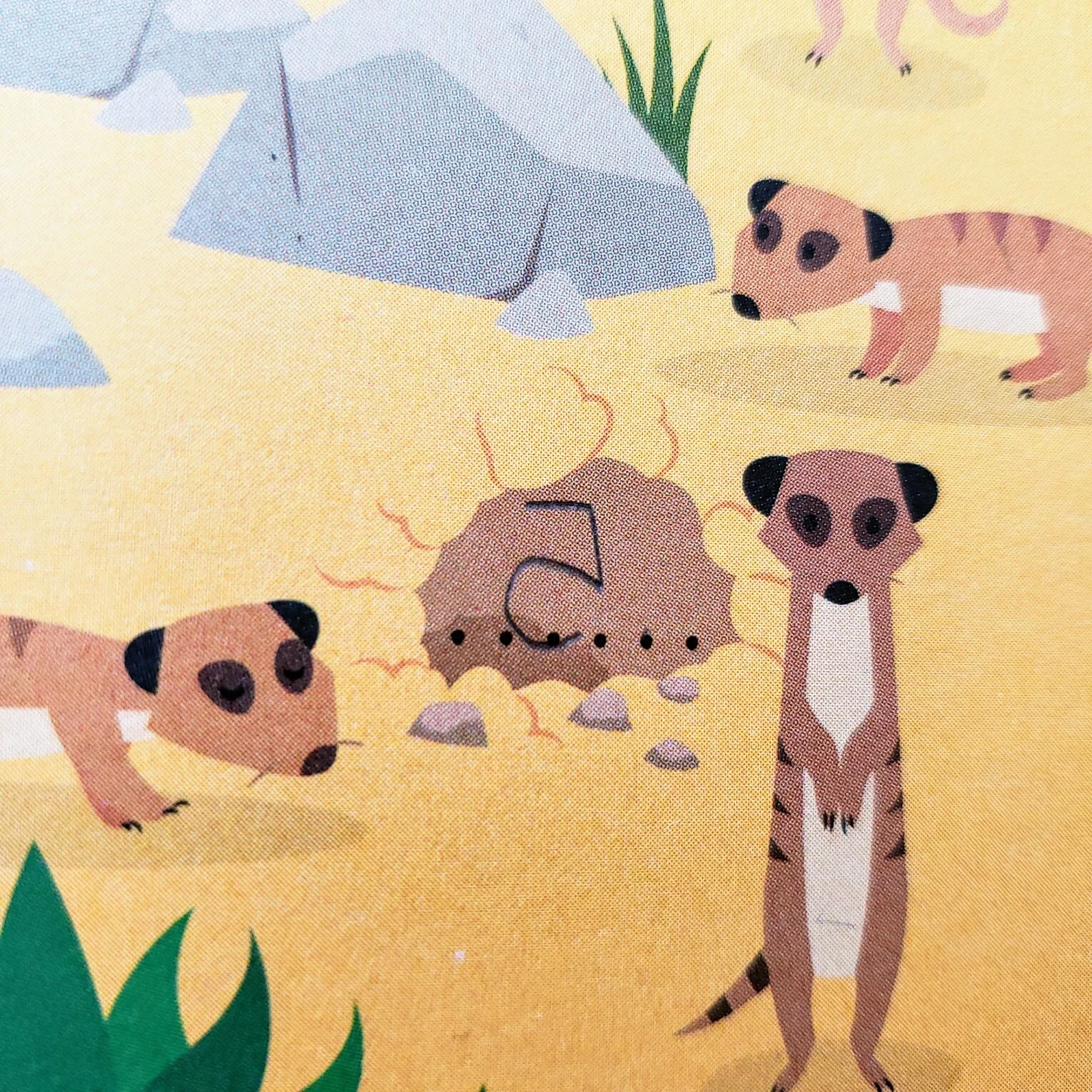Example: Manipulatives
Math is abstract.
Even the friendliest numbers are code, silver graphite scratched on paper. Integers (1, 2, 3, 4, 5, etc.) symbolize different amounts of countable things. The things are concrete. The numerals are abstract.
The more thoroughly one connects abstract numbers to concrete STUFF, the easier math is to learn and the more versatile the developing learner will become as complexity blossoms.
Manipulatives ground your abstraction and make it FEEL real.
Meet: the glass bead. Inexpensive and beautiful, these stay where you put them. Kids want to work with them because they feel satisfying and look like treasure. I recommend buying them in two contrasting colors. This way, when you get into positives and negatives, you are prepared.
In a pinch, ANY small, plentiful item with a certain amount of sameness will do. You already have something that will work. Pennies. Shells. Dry beans. Pebbles. Acorns. Bottle caps. Even M&Ms (to sweeten the math homework!)
Flat Glass Gemstones, my favorite math tool.
On our last day of homeschool before Christmas, I let the kids do math puzzles instead of their usual curriculum. Lucia picked a puzzle that was a little too hard for her. But with the help of manipulatives, she was able to figure it out. Let’s walk through her work.
Student: Lucia, 7 years old, first grader. She is a bright girl with a slow processing speed. Memorization and reading are big challenges for Lucia, so I read her the problems aloud. Let her work on her reading in reading time and math in math time. Given sufficient time, Lucia’s reasoning ability is strong and her math confidence is high.
The problem:
Source: Usborn Math Puzzle Pad. Written by Sam Smith. Illustrated by Jenny Addison, Michael Hill, Carly Davies, and Joanne Kirkby. Edited by Sam Taplin. 2016. P. 152
We started by counting the Meerkats. But Lucia undercounted by 2, and I double-counted by 1 — so neither of us got this right the first time! Don’t sweat it when you flub your count. We’re all human and it’s a great chance to show that it’s ok to make mistakes.
To help with 1-to-1 correspondence (counting each meerkat once), we decided to put one bead on each Meerkat’s face. Each meerkat, after all, has only one face!
As an adult, my first impulse is to count those meerkats and divide by the number of holes. But there are two problems with this:
Lucia can’t yet divide
It wasn’t HER impulse to count the meerkats!
In math, there are usually a great many paths to the right answer. When I’m trying to teach a specific tool for a kid’s math toolkit, tough beans. She’ll have to do it my way. But here, we’re just flexing our problem-solving muscles, so let the student lead!
We drew our own 5 holes on scratch paper, big enough for a clutch of meerkats.
We can’t move the meerkats off the page, but we can move the beads! I told Lucia to put the beads evenly in the holes, and there should be 3 leftover. I was suggesting a strategy like this, where you block out groups of five at a time:
But Lucia looked confused. My method wasn’t making sense to her. How on earth could she put equal groups into each hole? So I tried, “Deal them out like cards and make sure you end up FAIR.”
The word FAIR is extremely powerful to kids, because they know what it means to have to share even-Steven. Lucia got that and went to it. These two methods may not seem different to you, but they are! Stay attuned to small differences in reasoning. Praise and encourage kids in whatever way they find, even if it isn’t your way.
Now we’re talking!
At the end of the problem, we debriefed, and I made sure to use the kids of vocabulary Lucia will hear in the future so that math lingo will feel comfortable and organic as it gets more advnaced:
How many meerkats were there in all?
She counted by 5s: 5, 10, 15, 20, 25 in holes + 3 outside = 28
Oh no! We counted them wrong the first time, didn’t we! That’s ok. Grouping helped us get it right.
So you can divide 25 meerkats into 5 equal groups of 5!
But when you divide 28 meerkats into 5 equal groups, there are 3 left over. 3 remain outside. That means there’s a REMAINDER of 3.
Then ground the numbers back in the meaning of the word problem to finish it off. Word problems are just little math stories. Making them funny helps make them comfortable.
Poor remainder meerkats! They’re eagle-food!
So what’s the answer, Lucia? How many meerkats in each hole?
“FIVE!” Lucia said, proudly. And wrote it down… backwards.
I beamed and said, “Great work!”
We practice our writing skills every day. The handwriting will work itself out eventually. The end of a hard math problem is not the time to put a wet blanket on Lucia’s achievement. Radiate positivity. A smile. A high-five. A hug. We’ve done great work.






